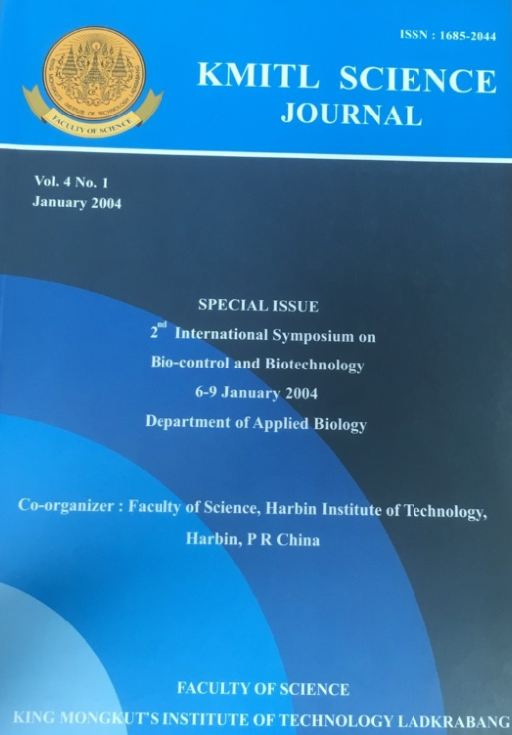RNA interference (RNAi) refers to the introduction of homologous double standard RNA (dsRNA) to specifically target a gene’s product, resulting in null or hypomorphic phenotypes. RNAi is highly gene specific, so it is much more effective than either sense or antisense RNA for producing gene interference activity. RNAi has recently emerged as a powerful reverse genetic tool to silence gene expression in the field of functional genomic analysis, including plants, Caenorhabditis elegans, and Drosophila for it allows researchers to study the effects of genomic loss of function in developing embryos without the complications of the gene knockout method.
Keywords: RNAi, functional genomic analysis
Corresponding author: E-mail: cast@kmitl.ac.th
Qi, S. Y. ., & Qian, Y. . (2018). RNA Interference Technology and Its Potential Use in Functional Genomic Analysis. CURRENT APPLIED SCIENCE AND TECHNOLOGY, 251-259.

https://cast.kmitl.ac.th/articles/151928